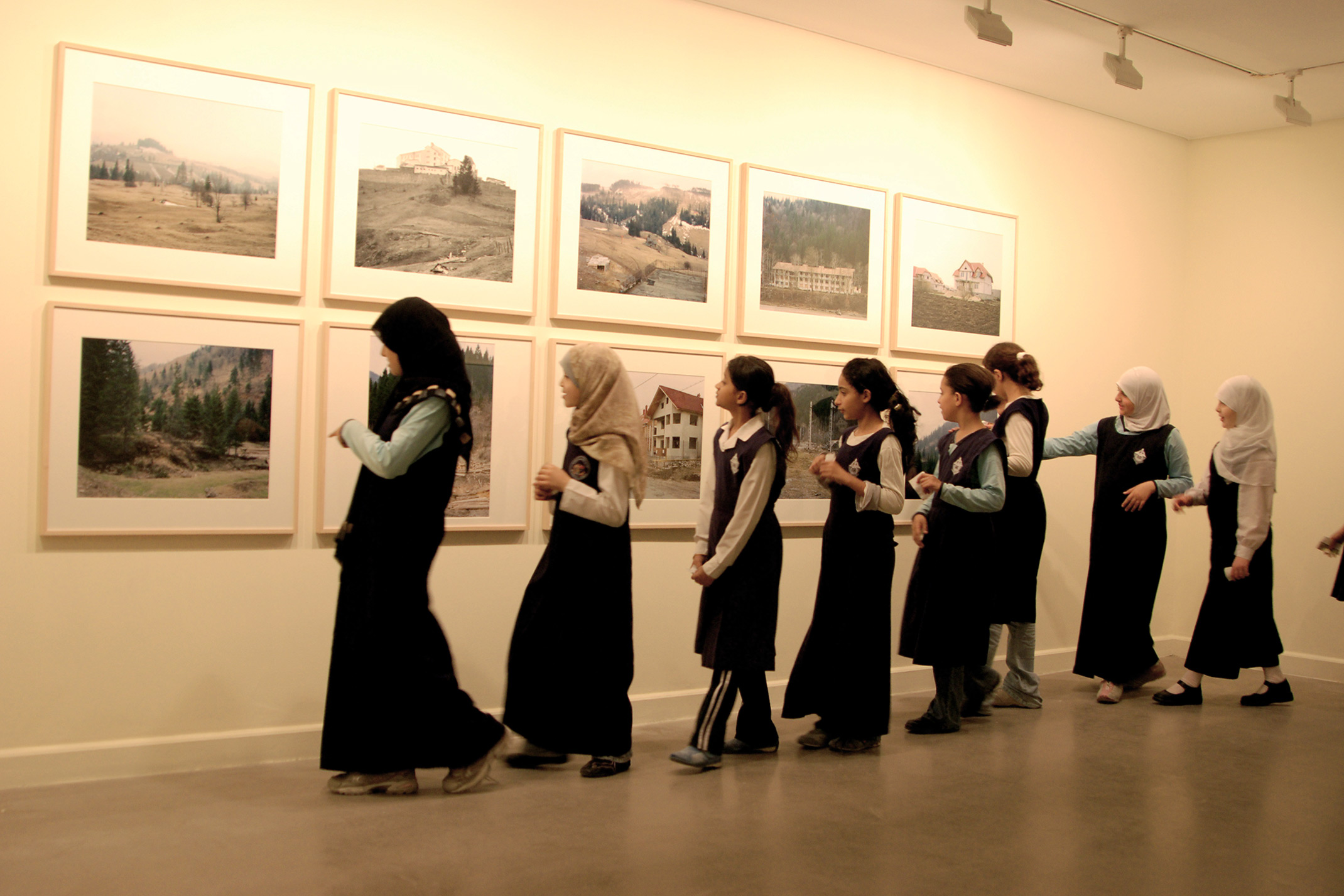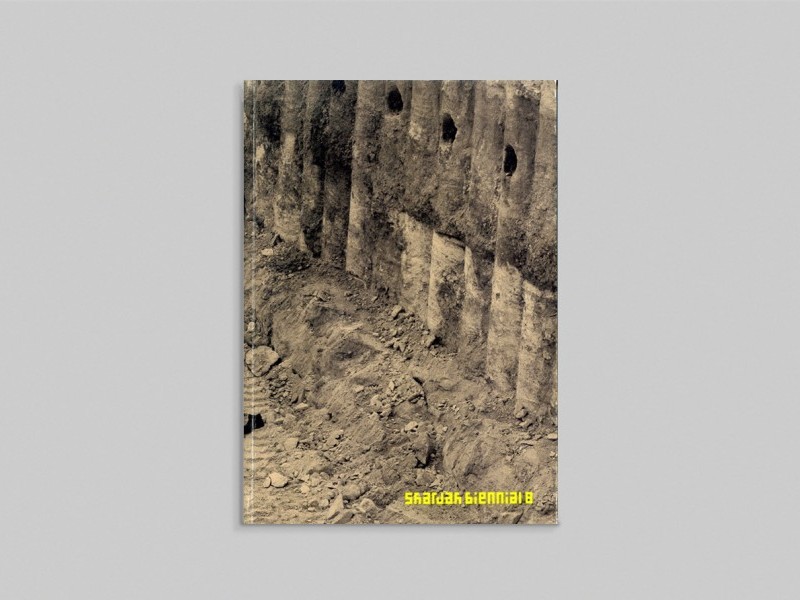
From the travel of Jonathan Harker, 2003
Joachim Koester
From the travel of Jonathan Harker, 2003
Series of 10 photographs / C-print
Installation view
search


Joachim Koester
From the travel of Jonathan Harker, 2003
Series of 10 photographs / C-print
Installation view
From the Travels of Jonathan Harker
The Bargau Valley in Northeastern Transylvania provides the setting for much of Bram Stoker’s novel Dracula (1897). Here Stoker situated Count Dracula’s Castle, Jonathan Harker’s wolf-haunted journey through the Borgo Pass, and the last part of the novel concluding with the beheaded Dracula evaporating into dust.
Bram Stoker never visited Transylvania but conducted extensive research in the reading room of the British Museum. Studying travel accounts and books on Transylvanian folklore, Stoker added excerpts from these to his story, anchoring his imaginary scenes in a geographic region which, at the time, was considered to be one of the “wildest and least known portions of Europe”.
In Spring 2003, I was invited to Iasis, Romania, to participate in the exhibition “Prophetic Corners”. Intrigued by the speculative nature of the exhibition’s title and concept – that some places have the power of letting us see into the future – I went to Transylvania and travelled towards the Carpathians from Bistrita, just like Jonathan Harker in Stoker’s book. My attention was equally divided between an interest in this region that had been re-created as a “landscape of the mind” in countless films and narratives, and the idea of “prophetic corners”, which also implied a mapping of a somewhat invisible territory.
On the outskirts of Bistrita, which Stoker described as covered with “a bewildering mass of fruit blossom”, I passed a development of suburban houses – enormous one-family houses in pastel colours, most of them newly built with the windows covered in black plastic. While the grey high-rises of Bistrita on the horizon and the absence of people gave a slight edge to the scenery, it also seemed very familiar. The houses looked no different from what I had seen in countless other places, pointing to a future of all-encompassing sameness.
My trip ended at Hotel Castle Dracula, built in 1982, to accommodate a steady stream of vampire aficionados visiting the region, at approximately the place where Dracula’s Castle is located in Stoker’s novel. The area was not being haunted by ‘the undead’ though, but by a series of scandals involving illegal logging with profits benefiting a group of corrupt government officials colluding with local entrepreneurs. Everywhere I looked, even on the most remote mountaintops, the landscape showed signs of the logging industry in the form of treeless spots. These spots did add a post-historic touch to the surroundings, but also pointed to something familiar from the (recent) past and present, the transformation of a landscape by the forces of market economy.
This project was part of Sharjah Biennial 8.

This catalogue accompanied Sharjah Biennial 8, which attempted to renegotiate the relationship between art and ecology into a system of cohabitation.

The second book in the Still Life: Art, Ecology and the Politics of Change series, documents Sharjah Biennial 8 as it was on view.